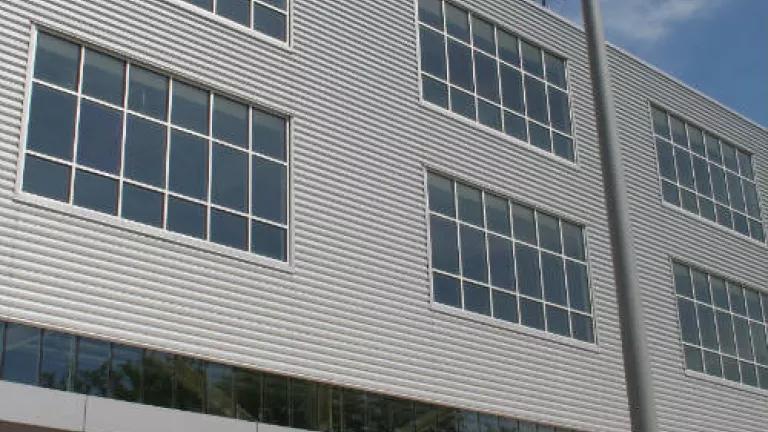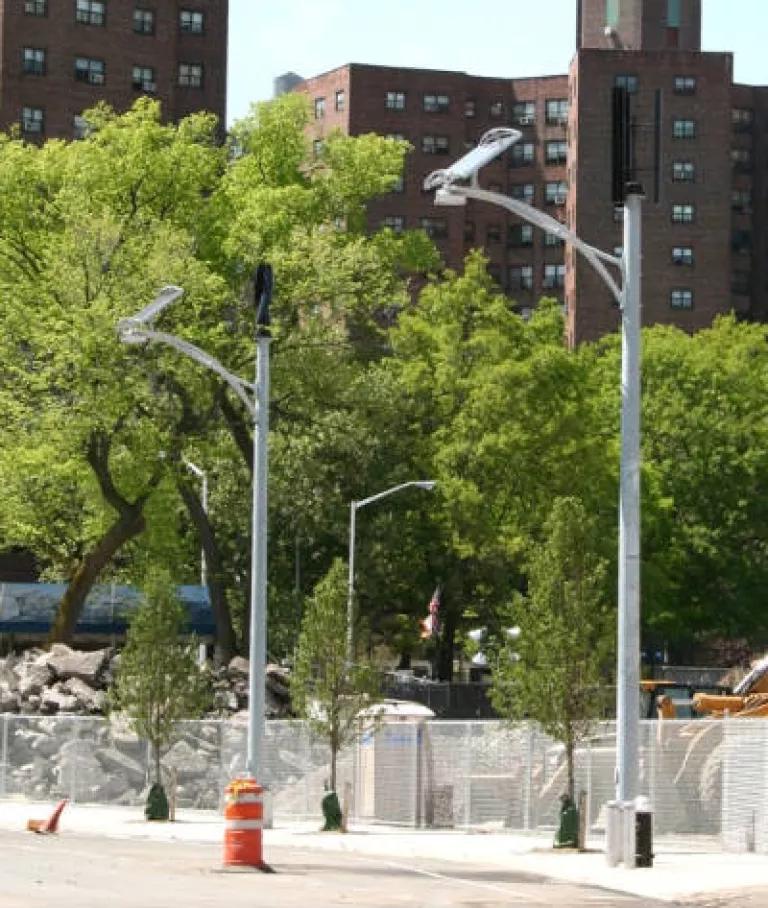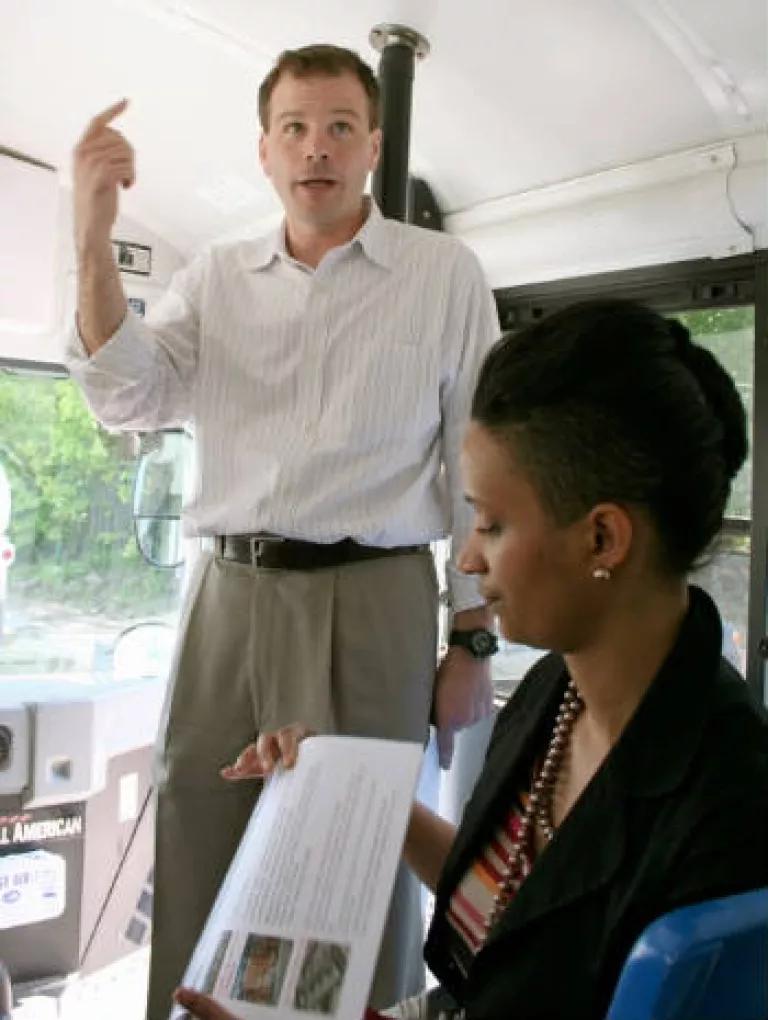
There seems to be some skepticism these days on the issue of green jobs.
And it is true that this topic, one of the hottest in environmental circles, is also one of the most elusive.
For one thing, there is some confusion as to what exactly constitutes a green job.
And there is also a paucity of hard data on how many such jobs exist in the US or how many will be created over the next few years.
That said, there is broad consensus that greening the economy – and creating new green jobs – is absolutely critical to combating the growing climate change crisis. New jobs to advance energy efficiency, for example, are among the best steps we can take to reduce greenhouse gas pollution.
And generating new green jobs in energy efficiency, renewable energy, local food, green roofs and other areas can make a real difference in jumpstarting our economy and lowering our troublesome unemployment rates.
With this in mind, a group of us from the NRDC New York team recently took a trip to the Brooklyn Navy Yard, which is quickly becoming a national model for a green jobs industrial zone right here in our backyard.
What we saw at this 300-acre historic Navy site along the Brooklyn waterfront (between the Manhattan and Williamsburg Bridges) is truly inspiring.
Check out this short video of the tour:
We visited several of the more than two dozen businesses at the Brooklyn Navy Yard that have made environmentally-sound production the core of their operations, including a company that makes beautiful new countertops from a 100% recycled glass and cement mix (Icestone), a green printing and packaging company (ARES), and a furniture maker – a rarity in the US alone – that uses local, sustainably-harvested wood and minimizes the use of harmful chemicals (Scott Jordan Furniture).
We also saw a commitment to building green – such as the nation's first multi-story green industrial building and the first structure in New York City to feature building-mounted wind turbines. It is also LEED Gold certified. (Photo on the left).


“Going green is simply good business,” Andrew Kimball, the Navy Yard’s President and CEO, told the NRDC delegation. (Pictured here with Aisha Glover, Director of External Affairs.) And his push to make the Brooklyn Navy Yard a model sustainable industrial park seems to be working: the four million square feet of leased space is 99 percent full, with tenants (employing roughly 5,000 workers) who are willing to pay a premium for green buildings (among other things, all new Navy Yard buildings are required to be at least LEED Silver Certified) and for being part of this new green industrial community.
More broadly, says Kimball, the Navy Yard can serve as a “showcase for how well-paying local industrial jobs play a very important role in the creation of sustainable communities and a sustainable city.”
So while some detractors will continue to carp about imperfections (some legitimate) in the nascent green jobs movement, the work now underway at the Brooklyn Navy Yard stands as a powerful example of the job-creating potential represented by green-based economic development.
A photo essay of the Brooklyn Navy Yard can be seen here at NRDC’s Simple Steps website.

